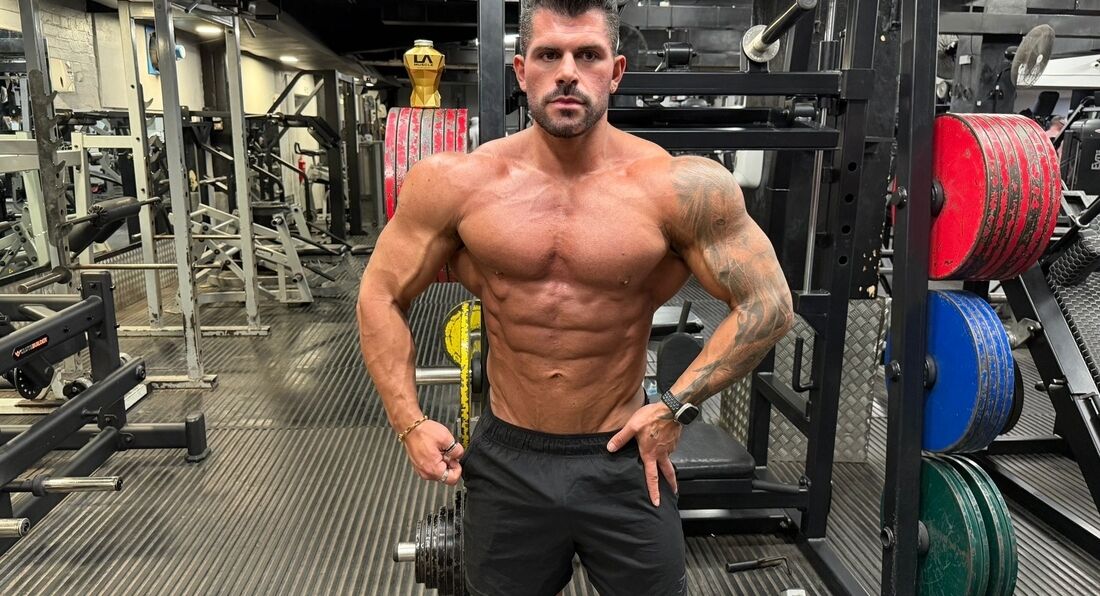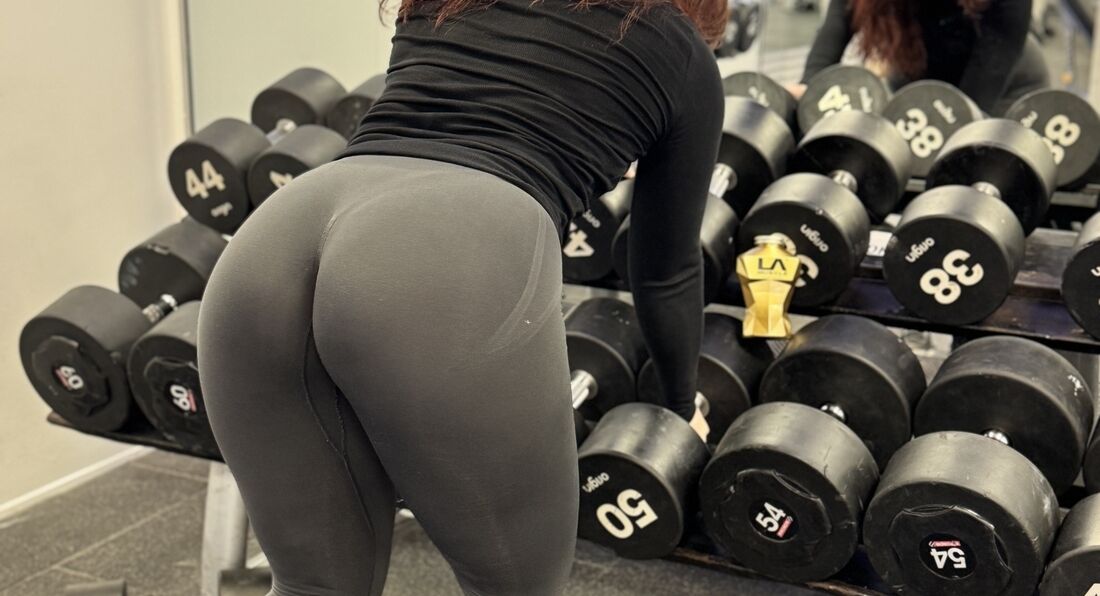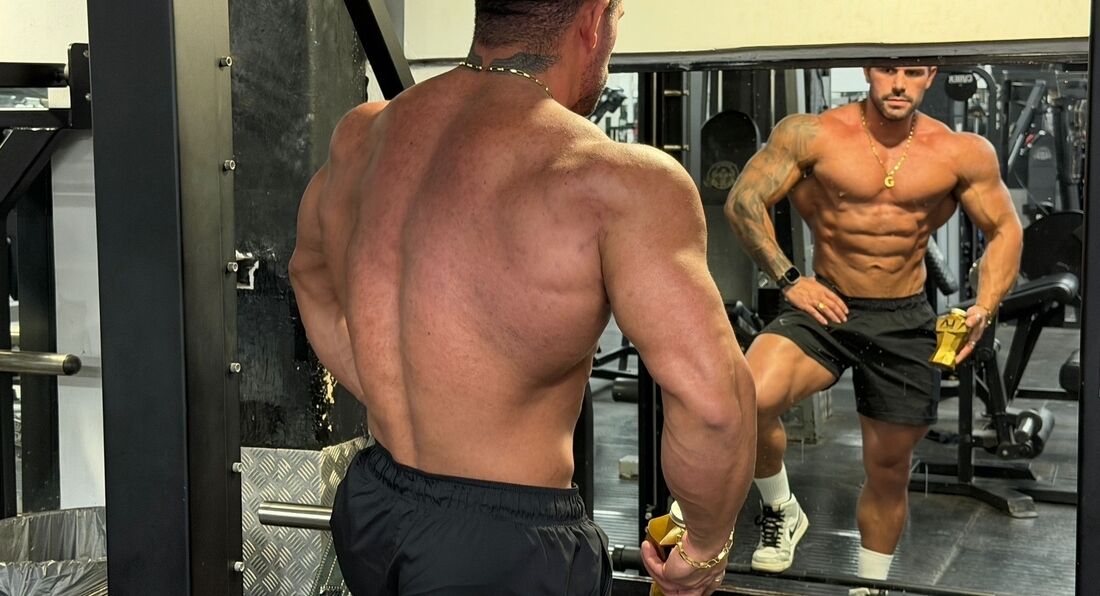The Knowledge > How To Build Muscle >
Wednesday, 16th October 2024
How to build Maximum Muscle at Any Age With This Program
By LA Muscle on 16.10.2024 07:27 am
Building muscle is not reserved for the young. No matter your age, muscle growth and strength gains are achievable with the right approach. Whether you're in your 20s or your 60s, maintaining and increasing muscle mass has profound benefits for overall health, energy, and longevity. This program will guide you through the best exercises, rep ranges, and routines to help you build maximum muscle, regardless of your starting point.
Why Build Muscle at Any Age?
Muscle building offers numerous benefits beyond aesthetics:
- Improved Metabolism: Muscle mass increases your resting metabolic rate, helping with fat loss and weight maintenance.
- Increased Strength: Stronger muscles improve your daily functional abilities, whether you're lifting groceries or performing sports.
- Bone Health: Resistance training increases bone density, reducing the risk of fractures and osteoporosis, particularly as you age.
- Enhanced Longevity: Studies show that maintaining muscle mass is linked to a lower risk of mortality and age-related diseases.
- Better Mobility: Strong muscles support your joints, leading to better balance, posture, and movement, reducing the risk of injury.
The Core Muscle-Building Program
This program focuses on compound movements that recruit multiple muscle groups. Compound exercises are the foundation of effective muscle building because they allow you to lift heavier weights, stimulating more muscle fibers. Here’s a breakdown of the most effective exercises for building muscle at any age.
1. Squats- Muscles Worked: Quadriceps, hamstrings, glutes, core
- What They Do: Squats are the king of leg exercises, building strength in the lower body and engaging the core for stability.
- Reps/Sets: 3-4 sets of 8-12 reps
- Frequency: 2-3 times per week
- Benefits: Improves leg strength, balance, and mobility. Squats are excellent for maintaining lower body strength, essential for functional movements like walking, standing up, and climbing stairs.
- Muscles Worked: Hamstrings, glutes, lower back, traps, core
- What They Do: Deadlifts are a total body exercise that targets the posterior chain (backside of the body) and builds serious strength.
- Reps/Sets: 3 sets of 6-8 reps
- Frequency: 1-2 times per week
- Benefits: Strengthens the entire back and improves posture. It's particularly important for older individuals to prevent back pain and maintain a healthy spine.
- Muscles Worked: Chest, shoulders, triceps
- What They Do: The bench press is the best movement for building upper body pushing strength and developing the chest and triceps.
- Reps/Sets: 3-4 sets of 8-12 reps
- Frequency: 2 times per week
- Benefits: Builds a strong chest and upper body, improving pushing power. Great for overall upper body development.
- Muscles Worked: Shoulders, triceps, upper chest
- What They Do: Pressing weights overhead strengthens the shoulders and upper body, improving pushing power and posture.
- Reps/Sets: 3 sets of 8-10 reps
- Frequency: 2 times per week
- Benefits: Enhances shoulder stability and strength, contributing to better posture and the ability to perform overhead tasks.
- Muscles Worked: Lats, biceps, upper back
- What They Do: Pull-ups and lat pulldowns target the muscles of the back, which are crucial for posture and pulling movements.
- Reps/Sets: 3 sets of 6-10 reps (for pull-ups) or 8-12 reps (for lat pulldowns)
- Frequency: 2 times per week
- Benefits: Strengthens the back and biceps, improving overall upper body development and functional pulling strength.
- Muscles Worked: Quadriceps, hamstrings, glutes, core
- What They Do: Lunges are a single-leg exercise that builds balance and strength in the legs and core.
- Reps/Sets: 3 sets of 10-12 reps per leg
- Frequency: 2 times per week
- Benefits: Improves leg strength, balance, and flexibility. Lunges also reduce the risk of injury by building stability in the knees and hips.
- Muscles Worked: Upper back, lats, biceps, core
- What They Do: Rows are a pulling exercise that targets the back, helping develop a balanced upper body and stronger back muscles.
- Reps/Sets: 3 sets of 8-12 reps
- Frequency: 2 times per week
- Benefits: Improves posture and pulling strength, countering the effects of too much sitting. Strong back muscles are vital for everyday movements like lifting and pulling.
Optimizing the Program
Rep Ranges- 8-12 reps: This is the ideal rep range for muscle growth (hypertrophy). It strikes the balance between time under tension and weight lifted.
- 6-8 reps: For compound movements like deadlifts and squats, this rep range allows for slightly heavier weights, leading to greater strength gains.
- 3-4 days per week: This is the sweet spot for muscle growth and recovery. Training too frequently can lead to overtraining, while too few sessions may not provide enough stimulus for growth.
- Split Routine: Consider training different muscle groups on different days (e.g., upper body one day, lower body the next). This allows adequate recovery while still hitting each muscle group multiple times per week.
- 1-2 minutes for hypertrophy: Resting 1-2 minutes between sets allows your muscles to recover enough to lift heavy again while keeping them under tension, which is crucial for growth.
- 2-3 minutes for strength: For lower rep ranges and heavier weights, a longer rest period is needed to fully recover your strength between sets.
Progression and Recovery
Progressive overload is key to muscle growth. Gradually increase the weight or the number of reps you perform as you get stronger. Remember, recovery is just as important as the workout itself, particularly as you age. Ensure you get plenty of sleep and manage stress to maximize muscle growth and recovery.
- Protein Intake: Consume adequate protein (0.7-1.0 grams per pound of body weight) to support muscle repair and growth.
- Hydration: Staying hydrated aids in muscle recovery and overall performance.
- Stretching: Incorporate stretching or yoga to improve flexibility and reduce muscle stiffness.
Building muscle is achievable at any age with the right approach. By focusing on compound movements like squats, deadlifts, bench presses, and rows, you can effectively stimulate muscle growth, improve strength, and support your overall health. Stick to this program consistently, focus on progressive overload, and ensure you recover properly to see significant muscle gains, no matter your age. If you're an older athlete and want to get back in the game FAST, try Norateen ageless.
Start today and reap the lifelong benefits of strong, functional muscles!





























